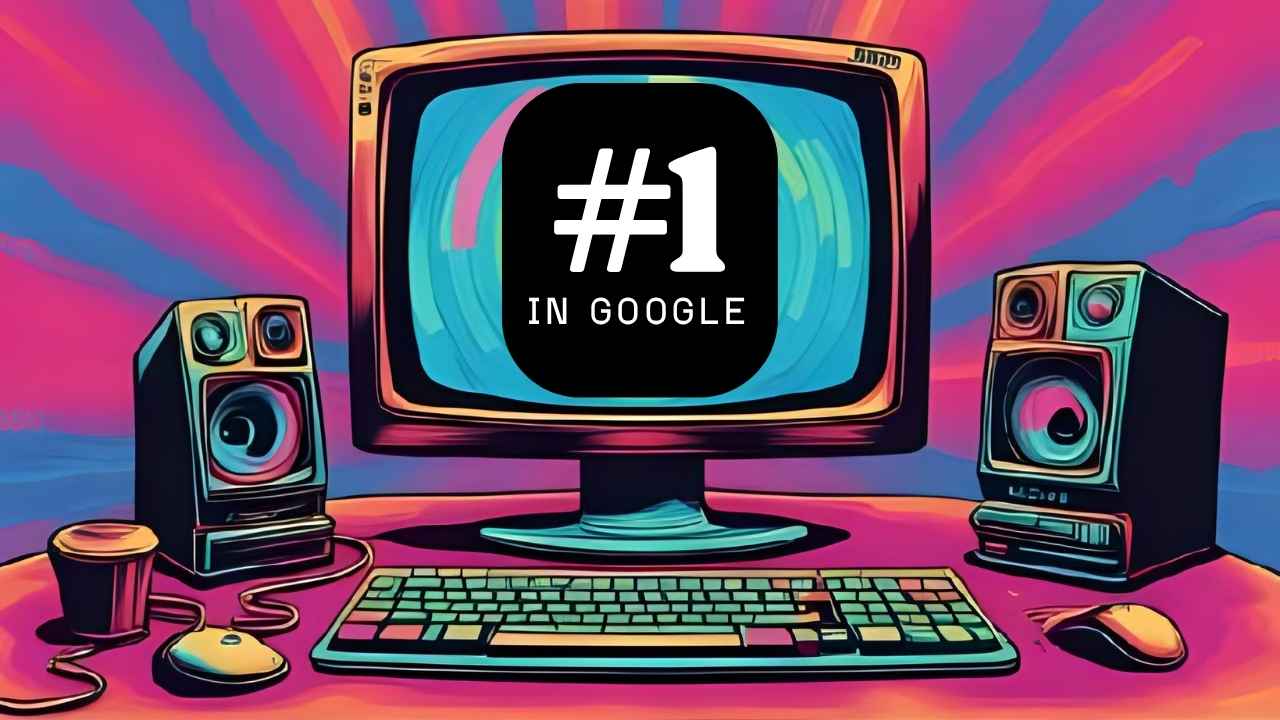
If you’ve been trying to make sense of Google in 2025 and how to actually rank content, you’re not alone. SEO is no longer just about keywords or backlinks — it’s about understanding intent, creating useful content, and building internal ecosystems that Google understands.
A question recently posted on the SEO subreddit — “What is the one SEO tactic in 2025 that is giving you the best results?” — sparked dozens of responses from veteran SEOs. While the answers were solid, many lacked deeper context. In this article, I’ll break down the best insights from that thread and explain why these strategies work — especially in today’s AI-influenced search landscape.
1. Answering Real Questions People Actually Have
This was the top upvoted tactic — and for good reason.
Most content creators still make one fatal mistake: they write for keywords, not for humans. They stuff content full of search phrases, hoping to rank, but they don’t stop to ask: What is the actual question behind this keyword?
If you take 20 extra minutes to think through the real intent behind a search — what the user is truly looking for — your content will do three critical things:
- Satisfy search intent (so users don’t bounce)
- Get tested more by Google (better engagement = better rankings)
- Avoid pogo-sticking (when users click your link, bounce, and go back to search — a major negative signal)
And thanks to the May 2024 Google API leak, we now know that Google does track engagement metrics like bounce rate and click-through rate — even though they used to deny it.
👉 Key takeaway: Don’t just write for a keyword. Solve a real problem or answer a real question with more clarity and depth than anyone else.
2. Contextual Internal Linking: The Overlooked Power Move
Another popular response highlighted the power of internal linking — specifically, contextual internal linking using programmatic logic.
Here’s why it works:
- Links signal importance. If a page on your site is linked to often, Google assumes it’s valuable.
- Context matters. A link from text that says “viral video strategies” gives much more context than one that just says “click here.”
- Improves crawlability and structure. The easier it is for Googlebot to find your content — especially if it’s organized by topic clusters — the more favorably it sees your site.
- Fewer clicks = higher priority. If it takes five clicks from your homepage to reach a post, Google sees it as less important than one reachable in two.
If you’re not using internal links to connect related topics, you’re missing out on a low-effort, high-impact SEO tactic that’s still underused outside of enterprise SEO.
3. The Fundamentals Still Work — If You Actually Apply Them
One user made a brilliant observation: “The traffic that can be derived from informational queries might have changed, but the things that improve rankings haven’t.”
What does that mean?
In 2025, AI Overviews dominate search results for informational queries. These snippets often reduce click-through rates by 34.5% — because Google answers the query right on the results page. But the algorithm behind those AI answers? It’s the same one used to rank traditional pages.
So if you're targeting how, what, why queries, understand that clicks might be down. Instead, go after transactional queries — searches made with the intent to buy, try, or connect. These are far less likely to be hijacked by AI summaries and more likely to convert.
4. Communicate Your Right to Win
Here’s a gold nugget most people miss: If your brand has a clear advantage, you need to shout it in your metadata.
Many businesses fail to differentiate themselves in their:
- Page titles
- Meta descriptions
- On-page content
You’re not entitled to ranking well. You need to make users want to click, trust you, and believe your result is better than others. If your content doesn’t demonstrate why you're the best option — quickly and clearly — you won’t win the click or the customer.
5. TL;DRs at the Top: Small Fix, Big Impact
One user shared a simple but powerful tip: adding a TL;DR or summary block at the beginning of their articles increased conversions by 33%.
For blog posts, it was a 2–3 sentence summary. For product pages, it was a quick features and benefits list.
Why does it work?
- People are impatient.
- If you give them what they want right away, they’ll stick around.
- And once they’re hooked, they’re more likely to scroll, explore, and convert.
This also helps mobile users — who often skim content rather than reading line by line.
6. YouTube SEO = Underrated Hack for 2025
Here’s something that not enough marketers are doing: Ranking YouTube videos in Google Search.
YouTube is currently the most-clicked website in Google’s search results. If you want to capitalize on this, follow this formula:
- Use your target keyword at the start of your title
- Repeat it early in your description
- Say the keyword early in the video
- Make the video actually useful and aligned with intent
Google trusts YouTube, and when you combine optimized titles with useful videos, you can rank above traditional blog content — especially for “how to” searches.
7. Update Evergreen Content + Interlink from Fresh Posts
Evergreen content is a long-term asset — but only if it stays relevant.
One top SEO in the thread said their best-performing strategy right now is:
- Updating existing evergreen posts
- Optimizing them for today’s search environment
- Adding fresh, internal links from brand-new, high-quality content
This strategy boosts old pages without creating anything new from scratch. It’s a compound effect — your best content gets even better, faster.
Tip: After you refresh the post, re-submit it to Google Search Console so it gets re-crawled faster.
SEO in 2025 Is Intent-Driven
The old days of just targeting keywords are over. In 2025, successful SEO looks like this:
- Think deeply about what the searcher wants
- Satisfy that need with clear, engaging content
- Strengthen your site with smart internal links
- Show your unique advantage right away
- Use video content, summaries, and structure to boost engagement
- Refresh what’s already working — don’t always start from scratch
And most importantly, remember this:
SEO isn’t about gaming Google.
It’s about helping people — better and faster than anyone else.






